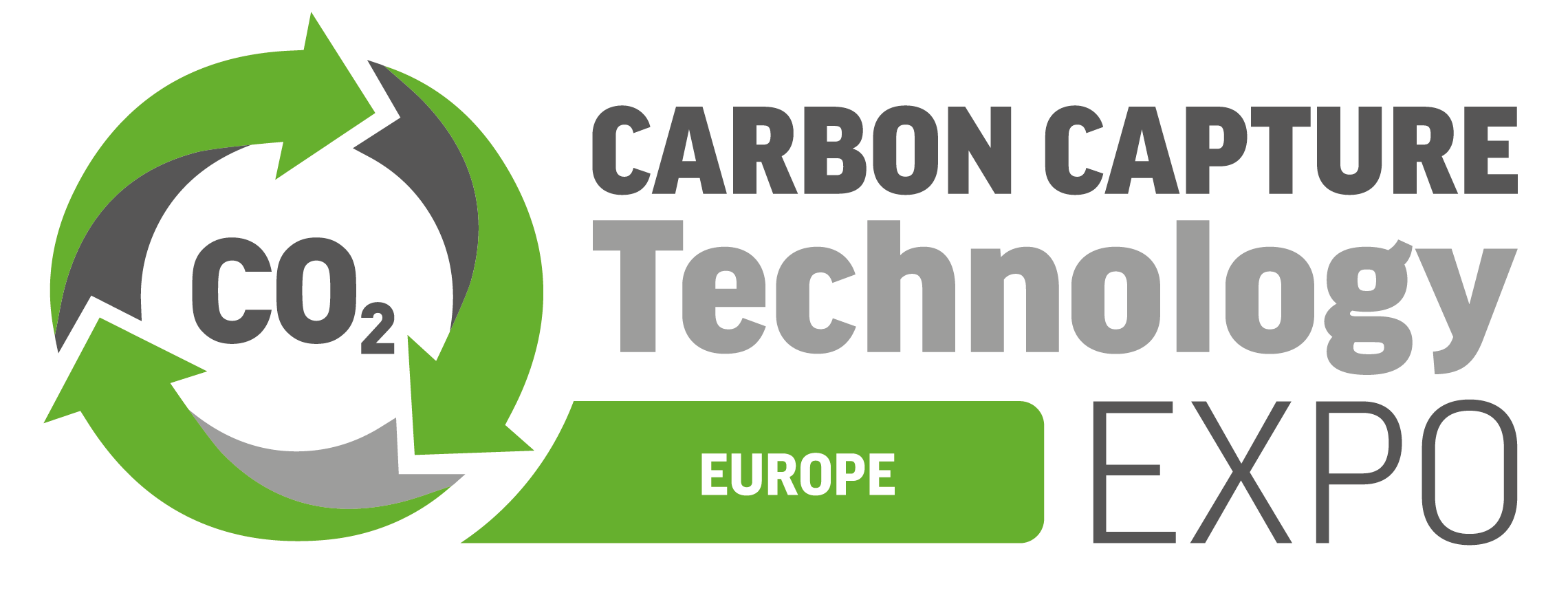The Importance of Hydrogen Detection
)
The Importance of Hydrogen Detection
Hydrogen plays an increasingly significant part in the global transition towards net-zero. With its high energy density and low-emission potential, it is a promising candidate for a viable long-term alternative in the shift away from fossil fuels. (1)
As an energy carrier, hydrogen offers distinct advantages. The possibilities for zero or limited carbon-generation during synthesis and usage, along with its diverse applications, spanning energy production, industrial processes, and transportation, justify its importance in global energy landscape (2).
Traditionally, the generation of energy through chemical processes involves breaking the chemical bonds of a carrier substance (e.g. methane) and combining it with oxygen to create an exothermic reaction. The combustion of these agents leads to the release of the energy stored in their chemical bonds, but also produces harmful by-products such as CO, CO2, NOx and etc. (3). Hydrogen, on the other hand, only produces water vapor as a waste product upon combustion.
Challenges and Risks of Hydrogen
Many of the challenges in the widespread adoption of hydrogen have to do with safety. The combination of its chemical properties and the characteristics of the generation and utilization processes raise a number of safety concerns that need to be addressed in order to avoid accidents.
Physical Properties of Hydrogen
The unique physical properties of hydrogen, such as its low molecular weight and high diffusivity, offer great potential for energy applications, but these same properties also present significant safety challenges, particularly in terms of storage, leakage, and flammability.
-
Asphyxiation Risk:
Hydrogen is a colorless, odorless, and tasteless gas that is lighter than air. Although non-toxic in itself, these properties make hydrogen a possible asphyxiation risk, especially in confined spaces where it could displace oxygen without being noticed.
-
Flammability Risk:
The hydrogen molecule is the smallest in the universe, making it extremely volatile and mobile. The combustion spectrum of hydrogen is incredibly wide, with a lower explosive limit at just 4%vol and the upper explosive limit extending as high as 75%vol. Furthermore, the energy required to ignite it is over 14 times lower than that of gasoline.
-
Leakage Risk
This not only means that hydrogen is very easy to ignite, but also suggests that it can be dangerous in high and low concentrations alike. In fact, the hydrogen molecules are so small that it is possible for them to leak through the solid walls of containers and accumulate in dangerous concentrations without any visible precondition.
-
Invisible Flames
In addition to this hydrogen burns with a near-invisible flame, making it difficult to detect during fires, posing a significant hazard to responders.
The nature of these risks makes it clear that the best protection is detecting hydrogen leaks early. Gas Sense offers a variety of solutions for hydrogen detection in LEL and ppm concentrations, tailored to meet the requirements of different industrial and commercial applications.
Gas Sense GDPC Series Hydrogen Detector
The GDPC line of industrial gas detectors delivers maximum flexibility and reliability in the most demanding industrial settings. It features a selection of ATEX-certified fixed-point detectors (Zone 1 and Zone 0 configurations available) for combustible, toxic and refrigerant gases, as well as Oxygen level monitoring.
The GDPC Series Hydrogen Gas Detector features our optimized technical specs for LEL and ppm hydrogen detection in a variety of industrial and commercial applications.
Benefits:
- Maximum Safety:
The GDPC is compliant with relevant EU standards (ATEX, EN 50270, SIL2 HW and SW in progress). The IP66-rated, explosion-proof aluminum enclosure along with the stainless steel, corrosion-resistant sensor housing and cable glands, make for stability and durability in harsh operating environments.
- Universal Compatibility:
Select between 4-20mA current, Modbus RTU, or relay/transistor outputs and choose from our wide range of available gasses for versatile integration of the GDPC into existing systems or upcoming projects. Whatever the requirements, the GDPC is the one-stop solution for industrial gas detection.
- Ease of Use:
The non-intrusive, one-person calibration procedure of GDPC detectors is incredibly simple and performed via magnetic key. This eliminates the need for hot work or system downtime. Solderless sensor replacement and pre-calibrated sensor options available. Select between an OLED display or our high-visibility LED to optimize fieldwork depending on your application.
- Sensor Options:
The GDPC Hydrogen Detector is available with many of the most established sensor technologies for ppm and LEL Hydrogen detection, including the MPS™ by Nevada Nano.
The revolutionary technology behind the MPS™ sensor allows for a 10+ year lifetime with zero field calibration requirement, poison immunity and continuously accurate readings, regardless of environmental conditions.
Learn more about the GDPC detector and the technology that powers the MPS™ sensors.
Regardless of the application, the importance of hydrogen gas detection cannot be overstated. From electrolysers to fuel cells, vehicle infrastructure, chemical production and HVAC, Gas Sense detectors can offer "Precision in Protection" and peace of mind.
Contact us to learn more about our comprehensive range of gas detection solutions.
Gas Sense – Precision in Protection.
References:
1. Le, T.T. et al. (2024) ‘Fueling the future: A comprehensive review of Hydrogen Energy Systems and their challenges’, International Journal of Hydrogen Energy, 54, pp. 791–816. doi:10.1016/j.ijhydene.2023.08.044.
2. Turner, J. A. (2004). A Realizable Renewable Energy Future. Science, 305(5686), 972-974. https://doi.org/10.1126/science.1094566
3. Amponsah, N.Y. et al. (2014) ‘Greenhouse gas emissions from Renewable Energy Sources: A review of Lifecycle Considerations’, Renewable and Sustainable Energy Reviews, 39, pp. 461–475. doi:10.1016/j.rser.2014.07.087.
4. MPS™ Hydrogen Gas Sensor (2023) NevadaNano. Available at: https://nevadanano.com/mps-hydrogen-gas-sensor/ (Accessed: 29 September 2024).




)
)
)
)
)
)
)
)
)

)
)
)
)
)
)
)
)
)
)
)
)
)
)
)
)
)
)
)
)
)
)
)
)
)
)
)
)
)
)
)

)
)

)
)
)
)
)
)
)
)
)
)
)
)
)
)


)
)
)
)
)

)
)

)
)
)
)
)
)
)
)
)


)
)
)
